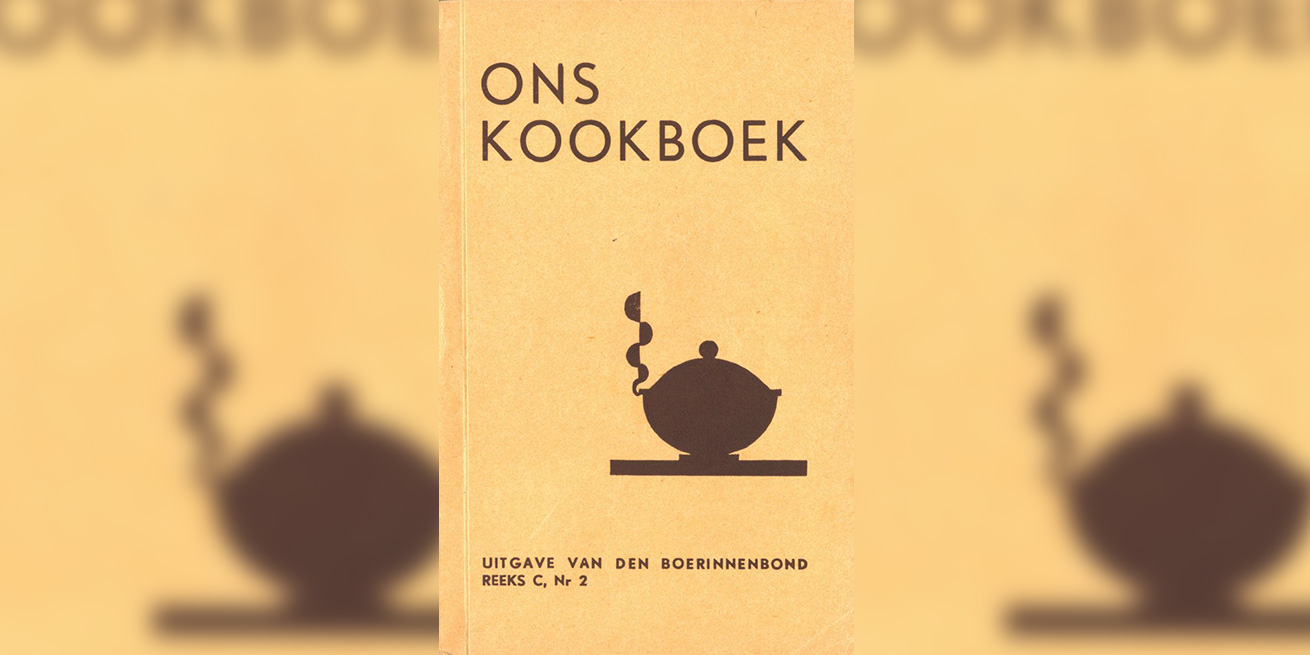Jozef Cardijn’s Youth Movement
Pillarisation and Secularisation
Jozef Cardijn, a priest from Halle, was indignant at the wretched lot of young workers, and so after the First World War he founded the Young Christian Workers. His new youth movement caught on and remains active worldwide.
As a parish priest in Laken Cardijn was confronted before the First World with the poverty and exploitation of workers. Many boys and girls left school at 14 to go out to work. He was particularly struck by their work situation. In order to improve the life of young people from that deprived milieu, he organised meetings for factory boys. The Young Christian Workers Movement grew out of his initiative in 1924. A little later Cardijn expanded the youth movement with a girls’ section. Members were given religious instruction and learned how to take action for improved living and work conditions. Thanks to Cardijn’s charisma the movement grew fast, including in French-speaking Belgium. After the Second World War Cardijn expanded his youth movement worldwide. As a token of appreciation, the pope appointed him a cardinalafter the pope the highest rank in the Catholic church. in 1965.

Leuven, KADOC-KU Leuven. Beeldarchief KAJ/VKAJ. 137
Young Christian Workers at the Rejoice! Mass Meeting in Heizel Park, 1935.
Pillarisation and Secularisation
When Cardijn began with his youth movement the Catholic church still had a firm grip on private and public life. However, it was concerned about the results of modern, industrial society and saw Socialism as a threat.
In order to secure the loyalty of the faithful the church, especially in the first half of the 20th century, supported the foundation of Catholic organisations in all social fields. Besides schools and hospitals, health insurance and trades unions, sports associations, cinemas and even a radio station of their own appeared. All these initiatives were designed to promote the Catholic world view. Young or old, man or woman, educated or not: there was something for everyone. In Socialist and Liberal circles too this strategy of member adhesion was followed. Sociologists would later call the division of society into separate ideological spheres ‘pillarisation’.
When after the Second World War more young people could stay longer at school and increasing prosperity created more free time, the influence of religion began to wane. The church itself also showed more understanding of and openness to modern society. This resulted in accelerated secularisationthe decreasing influence of religion and the increasing importance of worldly matters. . That went hand in hand with a process of depillarisation: instead of orientating themselves according to what was on offer from ‘their’ sector, people started more often making choices for themselves. However, many pillarised organisations continued to exist because they offered important services, such as healthcare or trades union defence of interests.
Focal points
Discover more on this topic
Non-fiction
De jaren ’30 in België: De massa in verleiding
Ludion, 1994.
Cardijn. Een mens, een beweging
KADOC Jaarboek, 1982.
Door eigen werk sterk. Geschiedenis van de kajotters en de kajotsters in Vlaanderen, 1924-1967
KADOC, 2004.
Tussen bescherming en verovering. Sociologen en historici over zuilvorming
UPL, 1988.
De christelijke arbeidersbeweging in België
2 dln., UPL, 1991.
De verzuiling voorbij
Kritak, 1987.
Het volk in beweging. Beweging voor het volk: 125 jaar ACW Gent-Eeklo
Vanden Broele, 2016.
Het Vlaamse platteland in de fifties
Davidsfonds Uitgeverij, 2012.
Voor u, beminde gelovigen: het Rijke Roomse leven in Vlaanderen 1920-1950
Lannoo, 1993.
Cardijn en de KAJ een wereld in beweging
Uitgeverij Averbode, 2017.
Ieder voor allen. De Belgische Boerenbond 1890-1990
LUP, 1990.
Fiction
Een mens is maar een wandelaar
Davidsfonds Uitgeverij, 2018.
De bolhoed van mijn vader: herinneringen uit de kersentijd
Polis, 2015.













